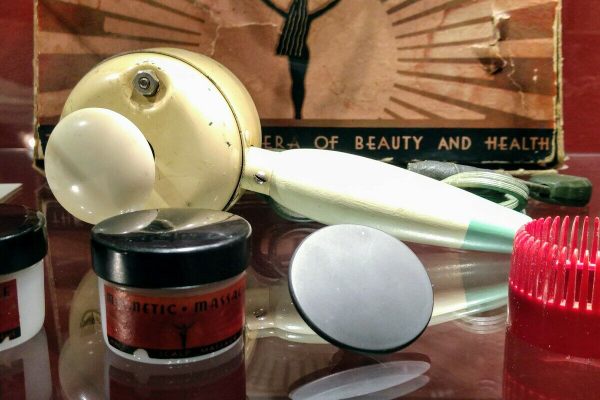Celebrating the Hunterian Museum’s Bicentenary
Chairwoman and skulls from the Hunterian Museum’s Bicentenary Exhibition (via Scoop.it)
Don’t think, try the experiment.
This quiet, bold statement is from British surgeon John Hunter, the fearless medical pioneer, who in 1767 didn’t hesitate to inoculate himself with syphilis and gonorrhea in order to test his theories on treatments.
Regarded as one of the most distinguished physicians of his era, Hunter was a fervant advocate of scientific methods in medicine and the direct observation of nature. He was an autopsy enthusiast and indeed, an obsessive, passionate collector with an excessive interest for everything that lived and breathed. The list of his areas of expertise is endless: zoology, comparative anatomy, pathology, embryology. He was also a gunshot wounds expert and discovered the function of the lymphatic system. His gigantic corpus of knowledge was exemplified for decades in his dissection room, where thousands of specimens were prepared from post-mortem exams.
Portrait of John Hunter by Sir Joshua Reynolds in the Royal College of Surgeons. The skeleton of the Irish Giant Charles Byrne is in the background. (via Wikimedia)
Hunter accumulated an extensive personal collection in his Leicester Square house, which overflowed with mummified exotics, taxidermy, fossils, and articulated skeletons. One of the most intriguing is the skeleton of Charles Byrne, an Irish giant whose eight-foot-tall body was bought by our Londoner surgeon. After Hunter’s death, his collection was purchased by the government to be displayed permanently in the Royal College of Surgeons, becoming the visual manifestation of Hunter’s systematic observations of nature theory. The anatomical specimens became an educational strut for physicians, but also mediated the social and moral tensions that surrounded the practices of dissection.
On May 18, 1813, the Hunterian Museum opened its doors as one of the first medical collections in the United Kingdom. 200 years later this month, the Hunterian commemorates its glorious bicentenary. Spanking new after a 2005 renovation plan in which custom showcases were created for the 30,000 anatomical preparations and works of art, the medical institution is going into its new century with a sleek new design.
To celebrate, the Hunterian opened 200 Years of the Hunterian Museum, an exhibition in which the Hunterian looks back to the diversity of its collections and its history analyzing the evolution of medical museums display. Stunning objects, usually hidden in the archives and never seen by the public, are also presented in the exhibitions space.
Additionally, the Hunterian also announced the freshly released Medical Museums: Past, Present, Future, a collection of essays on medical museums around the world, as well as numerous late night museum visits, lectures, and more. Find more about the Hunterian bicentenary festivities here!
HAPPY 200: THE HUNTERIAN MUSEUM, London, United Kingdom











Follow us on Twitter to get the latest on the world's hidden wonders.
Like us on Facebook to get the latest on the world's hidden wonders.
Follow us on Twitter Like us on Facebook